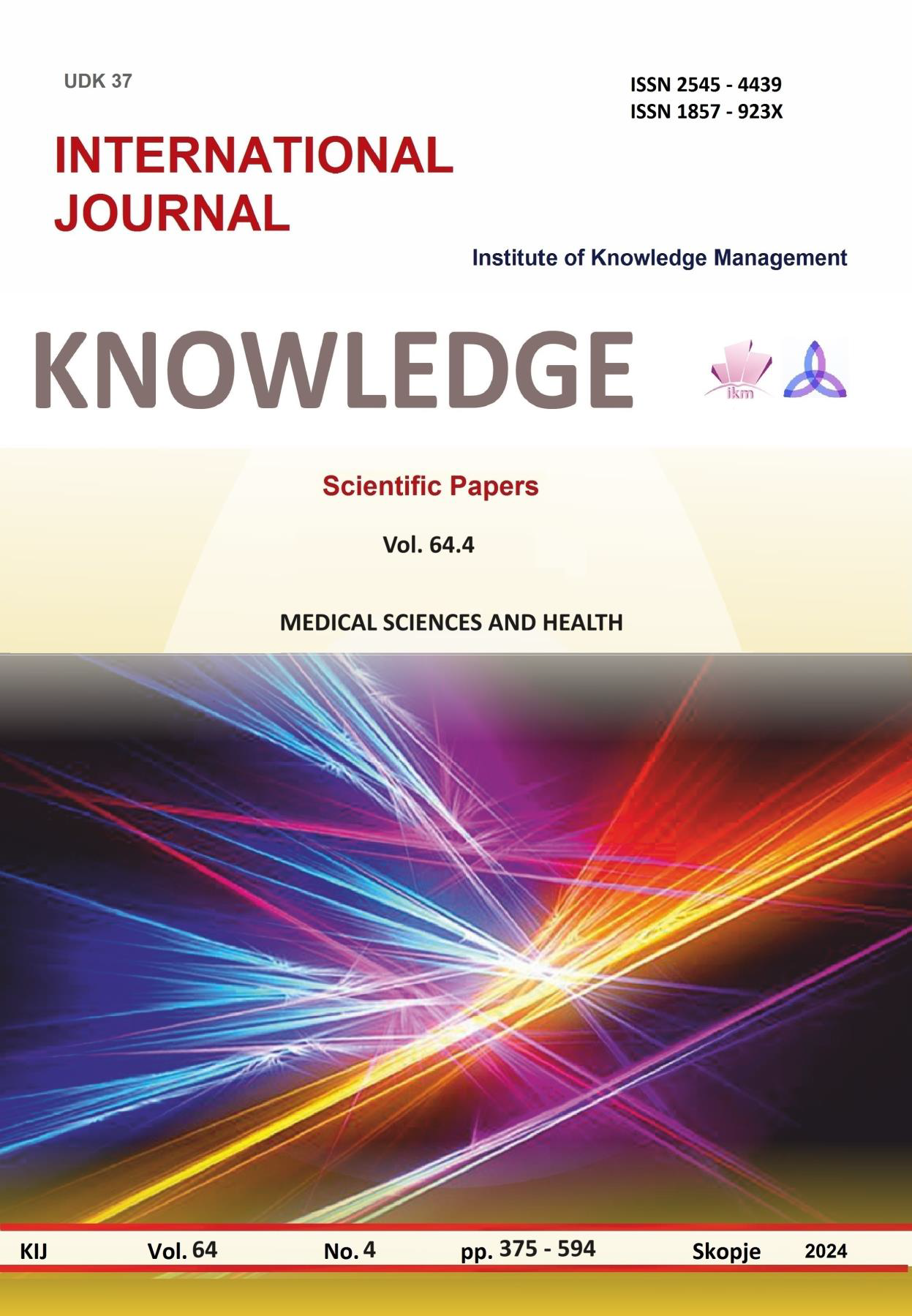UNRAVELING THE COMPLEXITY: A CASE REPORT ON SPINAL DURAL ARTERIOVENOUS FISTULA
UNRAVELING THE COMPLEXITY: A CASE REPORT ON SPINAL DURAL ARTERIOVENOUS FISTULA
Author(s): Elena Simeonovska Joveva, Stefan Petrovski, Marija Trajkova Petkovska, Marjan Jovev, Marija Karakolevska-IlovaSubject(s): Health and medicine and law
Published by: Scientific Institute of Management and Knowledge
Keywords: Spinal Dural Arteriovenous Fistulas;Vascular malformation;Endovascular embolization
Summary/Abstract: Spinal Dural Arteriovenous Fistulas (SDAVFs) represent a distinctive category of spinal vascular malformations, characterized by abnormal connections between arteries and veins within the spinal cords dura mater. This rare condition, often overlooked, can lead to severe morbidity if left untreated. In this case report we are going to discuss a 52-year-old male who presented with a month-long onset of lower extremity weakness, gait disturbance, and urinary/stool incontinence, emphasizing the complexities in SDAVF diagnosis and underscoring the significance of early intervention. On examination, he exhibited an inability for active movements in his right arm and both legs, global muscle hypotonia, dysphonic speech, and inability to walk. Sensibility testing revealed transverse sensory loss at Th6-Th7 levels bilaterally, and reflexes were hypoactive with a positive Babinski response. No meningeal signs were noted, and sphincter control was lost. The rest of the physical examination was within normal ranges. Neuroimaging was performed. MRI showcases spinal cord edema and dilated and tortuous perimedullary veins on the cervical and proximal toracal segment, notably concentrated on the right side. Simultaneously, angiography delineates the presence of a spinal dural arteriovenous fistula (AVF), originating predominantly from the meningeal branches of the vertebral arteries, with a pronounced emphasis on the right side. The effects of SDAVFs manifest as spinal cord congestion and edema, with impact on spinal cord function and development of avascular necrosis. This progression leads to irreversible dysfunction. Timely intervention in SDAVFs through prompt endovascular embolization or surgical procedures hold promise for alleviating neural damage and positive recovery process.
Journal: Knowledge - International Journal
- Issue Year: 64/2024
- Issue No: 4
- Page Range: 391-394
- Page Count: 4
- Language: English

